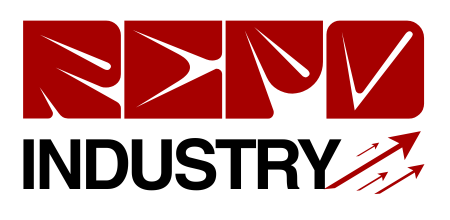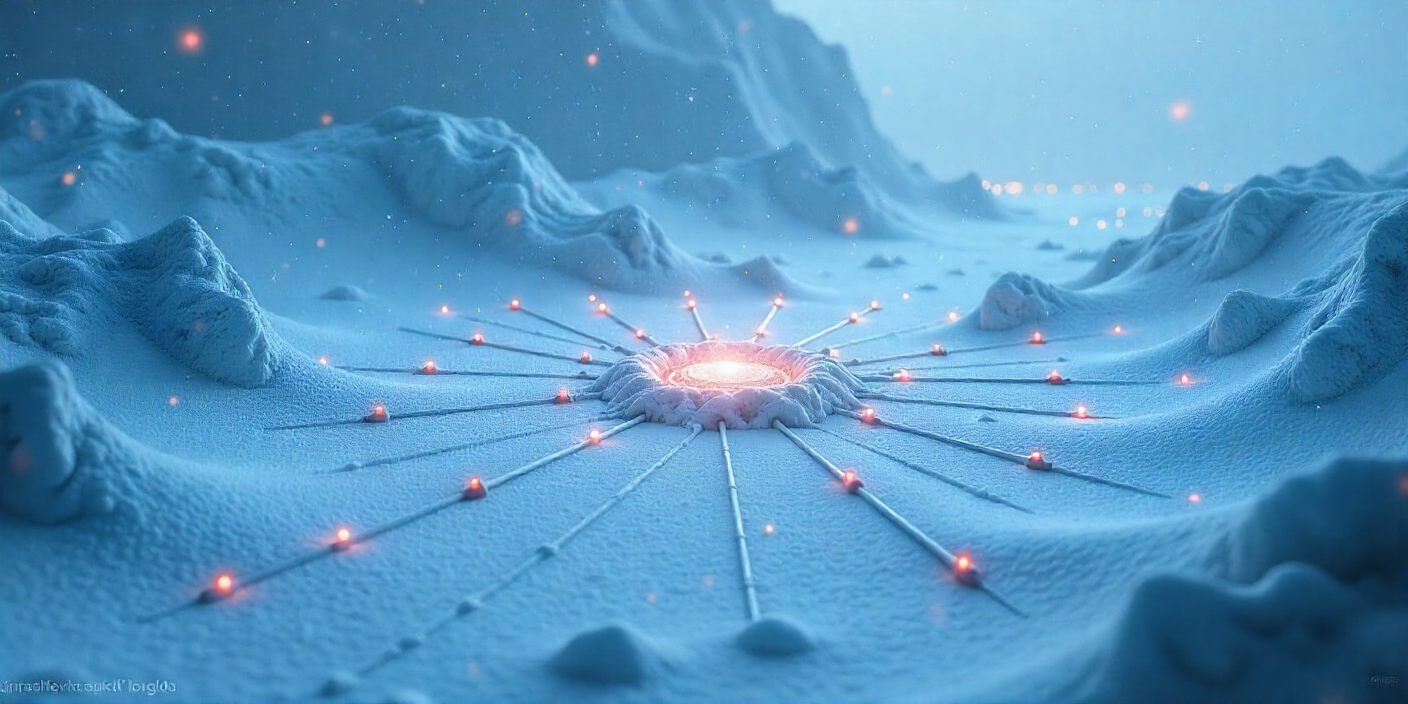Key Takeaways
- Familiarize yourself with groundbreaking trends in custom home building.
- Explore how new materials and technologies are transforming home construction.
- Recognize the value of sustainable design in modern homes.
- Learn about the integration of smart home features in contemporary spaces.
The demand for custom homes is steadily increasing in today’s fast-evolving world. Homeowners seek spaces that reflect their tastes while integrating the latest technological advancements. Whether considering a new custom build or downsizing home in Oklahoma City, understanding the current trends and innovations can guide your decisions. As the landscape of home construction transforms, many are intrigued by the potential of innovative materials and sustainable practices. Learning about these developments can empower homeowners to make informed decisions that suit their lifestyle and future needs. It’s not just about building a house; it’s about creating a home that resonates with personal values and adapts to modern living g.
Innovative Building Materials
The building industry has seen remarkable advances in materials, which are shaping the future of custom homes. Modern materials such as self-healing concrete and recyclable insulation aim to enhance both sustainability and strength. These materials not only offer aesthetic and functional benefits but also significantly reduce environmental impact, making them a popular choice among builders focused on durability. For instance, self-healing concrete utilizes bacterial processes to repair cracks over time, extending the lifespan of structures and enhancing their resilience. Recyclable insulation materials, such as those made from cellulose or recycled denim, provide efficient thermal regulation while minimizing waste. These advancements indicate a shift towards eco-friendly building practices, reflecting an industry-wide commitment to sustainability.
Sustainable Design Practices
With the world increasingly acknowledging the effects of climate change, sustainability in building practices is gaining momentum. The integration of solar panels, rainwater harvesting systems, and energy-efficient appliances showcase the blend of design with environmental stewardship. Green building practices are economically efficient and contribute positively to the environment. Designers focus on creating homes that mesh with the natural world and promote healthier living environments. From non-toxic building materials to enhanced natural lighting and ventilation systems, these elements reduce a home’s carbon footprint and promote overall well-being. As energy codes become more stringent worldwide, the trend towards sustainable home building is expected to intensify, benefiting both the planet and its inhabitants.
The Smart Home Revolution
In amazing ways, technology is still redefining our living areas. Voice-activated systems and responsive technologies are features of increasingly common smart homes. As systems can be customized to match individual preferences for lighting, security, and climate management, these developments promise simplicity and personalization, ushering in a new era of home innovation. The adaptability and learning capabilities of smart homes are among their alluring features. By analyzing user behavior and optimizing energy consumption, smart thermometers and energy-efficient lighting systems can lower utility costs and their adverse environmental effects. In the meantime, advancements in home security, such as network-integrated alarm systems and facial recognition software, have made home safety a smooth and easy process.
Design Trends Influencing Layout and Functionality
Design trends like open floor plans and minimalist aesthetics are flourishing in an era where flexibility is cherished. Multifunctional spaces allow homeowners to adapt rooms, from entertainment areas to home offices, as needs evolve. This demand for versatility is leading builders to prioritize designs that accommodate the dynamic nature of human life. Today’s homeowners value simplicity and efficiency in their living spaces. Gone are the days of strictly compartmentalized rooms. Instead, integrated living spaces encourage communal living and interaction, maximizing space and improving flow throughout the home. This adaptability is crucial for families whose needs may change over time, ensuring that their homes remain comfortable and functional.
Prefab and Modular Homes

An interesting shift in home building is the rise of prefabrication techniques. Prefab and modular homes promise rapid construction times paired with consistent quality. This new approach is beautiful for its affordability and customizability, offering a new frontier for those interested in personalized yet cost-effective housing options. The Washington Post highlights prefab homes as viable alternatives to traditional styles due to their swift assembly and modern appeal. Given the ongoing demand for housing and limited resources, prefab and modular homes present a viable solution. Factories efficiently produce these homes in controlled environments, which reduces waste and the potential for construction delays due to weather, resulting in quicker move-in times. Despite their speed of construction, these homes don’t compromise on quality, making them an increasingly popular choice among forward-thinking homeowners.
The Role of Virtual Reality in Design
Virtual reality technology is becoming essential in the custom home industry. It allows prospective homeowners to experience their planned spaces in 3D before construction. This immersive technology increases client satisfaction by providing a virtual walkthrough and minimizes costly changes during the build process, ensuring the design aligns perfectly with expectations. This technological advancement is particularly beneficial for visualizing layout, space, and aesthetics, offering clients a realistic sense of how their ideas translate into physical space. As a result, VR facilitates more accurate planning and customization, reducing the possibility of style or design mismatches and making the construction process more efficient.
Challenges in the Custom Home Industry
While the future of custom home building holds exciting promise, challenges such as labor shortages and volatile material costs remain. These hurdles require adaptive strategies from builders to maintain quality and efficiency in delivering bespoke homes that meet consumer expectations. The construction industry must tackle these challenges head-on by adopting innovative solutions like automation and digitalization. These methods can streamline workflows and reduce reliance on an unpredictable labor market. Furthermore, maintaining strong supplier relationships and exploring alternative materials may stabilize costs. Addressing these issues is crucial for builders to continue offering superior custom home-building experiences in a progressively competitive market. The custom home building industry stands on the brink of thrilling changes. As we embrace these trends and innovations, homeowners and builders alike can look forward to creating spaces that meet their unique needs and contribute positively to the global environment. Embracing these advancements will pave the way for a sustainable and technologically integrated living experience.











